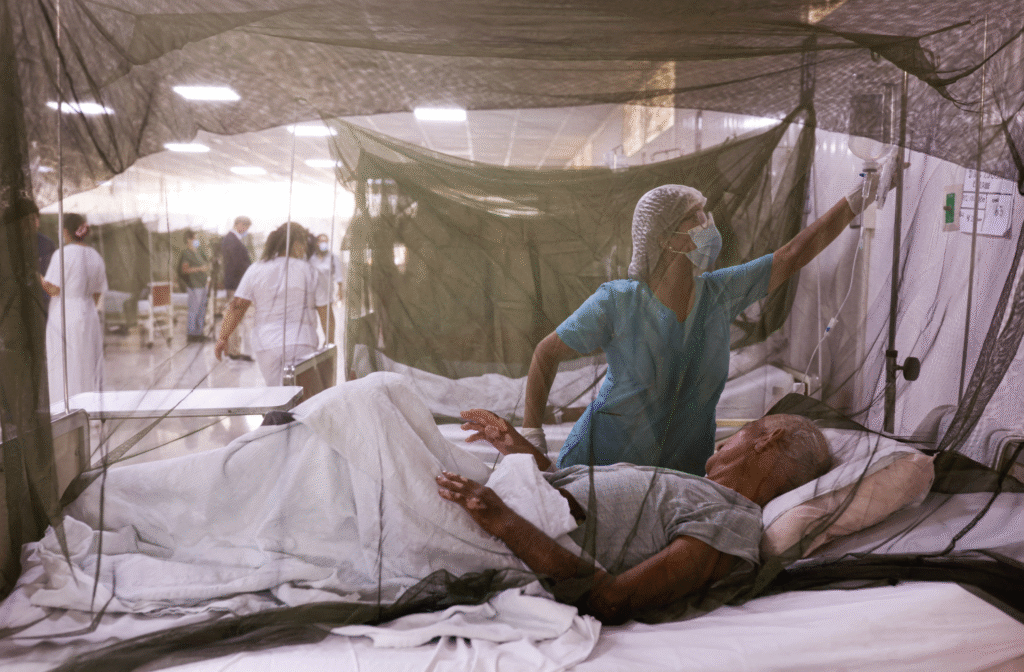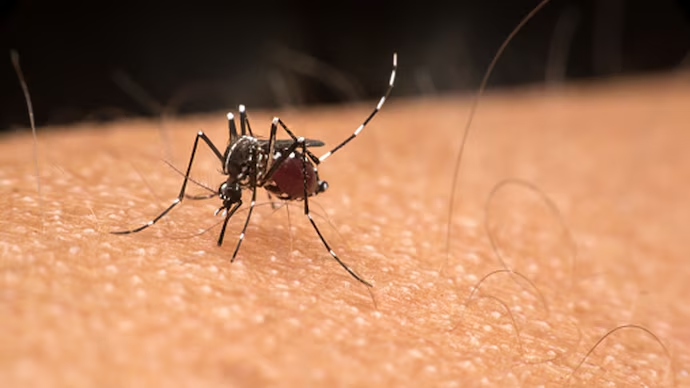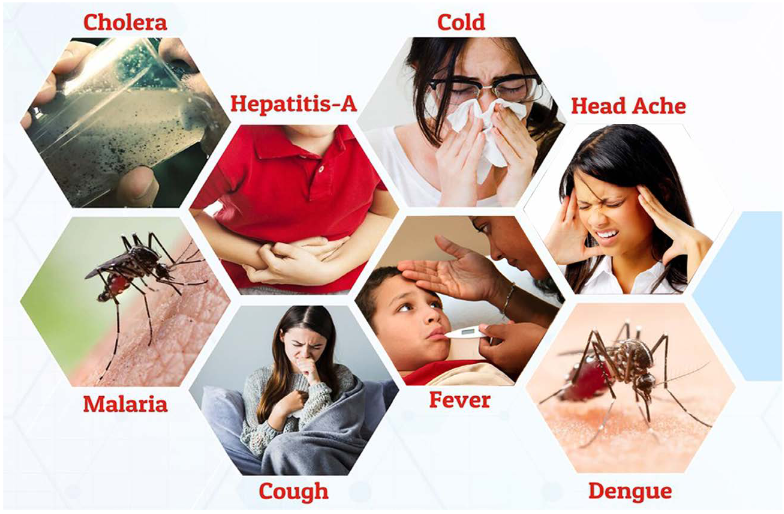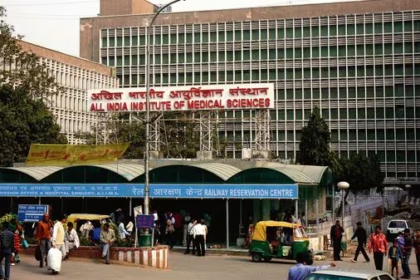Why Viral Fevers, Dengue & Typhoid Cases Surge by Over 60% During Rainy Season
Discover why viral fevers, dengue, and typhoid cases surge by over 60% during monsoons and learn essential prevention tips to stay safe
The monsoon season, while a much-awaited time for many due to its relief from the scorching summer heat and its importance for agriculture, unfortunately also marks a period of increased health risks. Every year, during the rainy season, cases of viral fevers, dengue, and typhoid spike significantly—often by over 60% according to health data from various tropical countries.

Understanding why these diseases surge during monsoons, recognizing their symptoms early, and knowing how to prevent them can help protect you and your loved ones. This comprehensive guide dives into the key factors behind this seasonal health challenge and provides actionable prevention strategies.
Monsoons bring heavy rainfall, increased humidity, and a drop in temperature—all of which create ideal conditions for the spread of certain infectious diseases
One of the primary reasons for the rise in diseases like dengue during monsoons is the accumulation of stagnant water. Rainwater collects in potholes, open containers, clogged drains, flower pots, and even discarded tires—creating perfect breeding grounds for mosquitoes, especially the Aedes aegypti mosquito, which spreads dengue fever.
Heavy rains often lead to waterlogging, causing sewage and drainage systems to overflow. This results in the mixing of drinking water with contaminated water sources. Typhoid and many viral fevers are spread through the ingestion of water or food contaminated with the bacteria Salmonella typhi (in typhoid) or viruses that thrive in such environments.
Monsoons bring fluctuations in temperature and humidity, which can stress the human immune system.
This lowered immunity makes individuals more susceptible to infections including viral fevers caused by various viruses such as influenza and chikungunya.
Viral fevers are caused by a variety of viruses and manifest as sudden high fevers accompanied by headaches, body aches, fatigue, and sometimes rashes. During monsoons, viral infections spike for several reasons:
- Increased viral survival: The moist, cool environment helps viruses survive longer outside the human body, increasing the chances of transmission.
- Crowding and indoor activities: People tend to stay indoors during heavy rains, increasing close contact and transmission of airborne viruses.
- Contaminated food and water: Viral hepatitis and other foodborne viral infections rise due to poor hygiene and contaminated water sources during monsoons.
Dengue fever is a mosquito-borne viral infection that can cause severe flu-like symptoms and sometimes develop into life-threatening complications.
Mosquito breeding: Aedes mosquitoes breed rapidly in stagnant rainwater, leading to an explosion in their population.

Daytime biting: Unlike many mosquitoes that bite at night, Aedes mosquitoes bite during the day, making it harder to avoid them.
Urban environments: Monsoons cause waterlogging in cities, creating numerous breeding sites close to human habitats.
- Sudden high fever (up to 104°F or 40°C)
- Severe headaches and pain behind the eyes
- Joint and muscle pain (hence the nickname “breakbone fever”)
- Skin rash appearing 2-5 days after fever onset
- Mild bleeding (nose or gum bleed) in severe cases
Early detection and medical care are crucial to manage dengue effectively.
Typhoid fever is caused by the bacterium Salmonella typhi, which spreads primarily through contaminated food and water—a risk significantly increased during monsoons.
Water contamination: Flooding and sewage overflow contaminate drinking water supplies.
Poor hygiene: Disruption in sanitation infrastructure leads to increased fecal-oral transmission.
Unsafe food practices: Street food and unhygienic food handling practices become riskier during monsoons.

- Gradual onset of high fever, often rising daily
- Weakness and fatigue
- Stomach pain and constipation or diarrhea
- Loss of appetite and weight loss
- Sometimes a rash of flat, rose-colored spots
Typhoid requires timely antibiotic treatment to avoid severe complications.
Taking proactive steps can drastically reduce the risk of viral fevers, dengue, and typhoid during the monsoon season.
Empty and clean water containers weekly.
Cover water storage containers tightly.
Ensure proper drainage to prevent water stagnation.
Use mosquito nets and screens on windows and doors.
Apply mosquito repellents and wear long-sleeved clothing.
Drink only boiled or filtered water. Avoid tap water unless treated.
Wash hands thoroughly with soap before eating or handling food.
Avoid street food during monsoons.
Dispose of garbage properly to avoid creating mosquito breeding sites.
Maintain a balanced diet rich in vitamins and minerals.
Stay hydrated and get adequate rest.
Avoid exposure to cold, damp environments.
Consult your doctor about seasonal flu vaccines and other preventive measures.
Don’t ignore persistent high fevers.
Monitor for signs of dengue or typhoid and get tested promptly.
Follow medical advice strictly, especially regarding medication and hydration.
Read Also : Janhvi Kapoor & Shikhar Pahariya Turn Heads at Wimbledon 2025 – Power Couple Style Goals Unmatched







